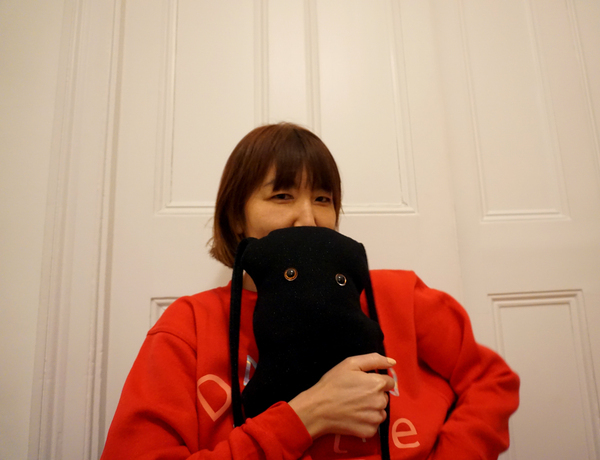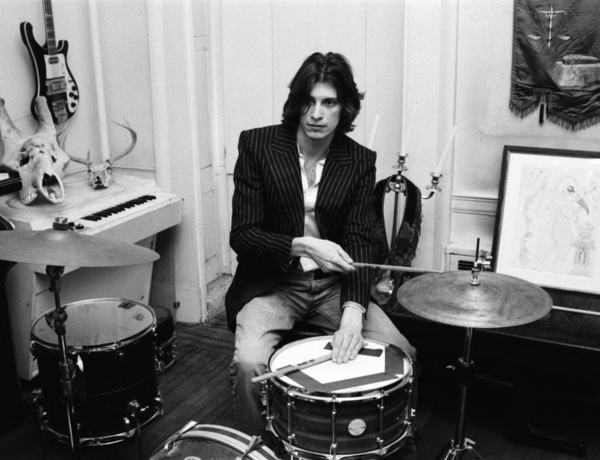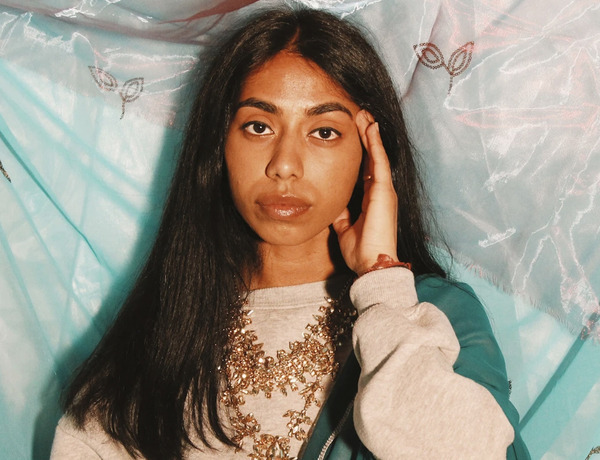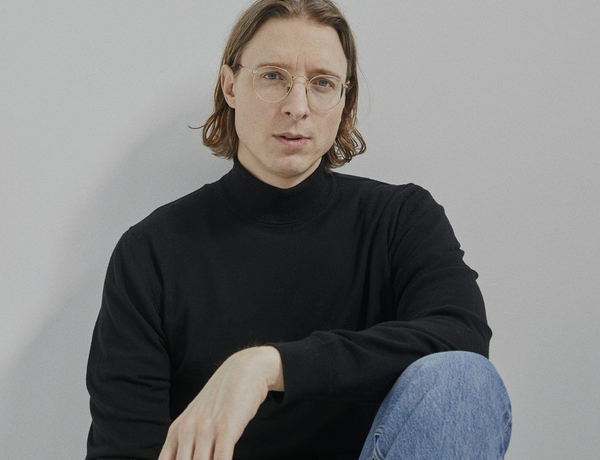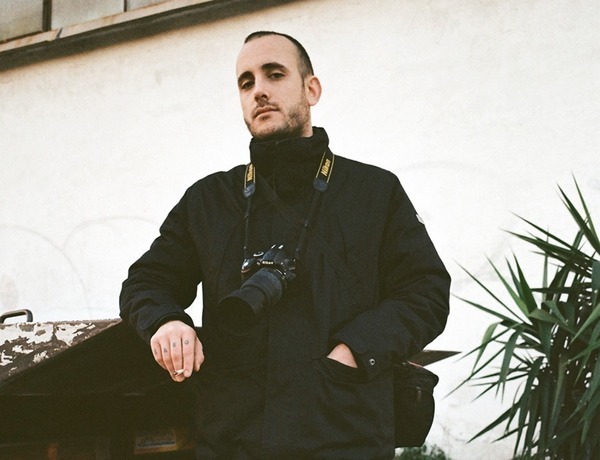Interview with Happening Studio
Could you tell us a bit about yourselves?
Hello, we are Happening Studio. We are a design studio made up of Masato Nakada and Karen Nakada.
After living in Tokyo for three years, we just moved back to the land of Gabrielino-Tongva peoples (Los Angeles). Most of our work falls under the category of identity and branding. Through this lens, we make websites, catalogs, posters and other hard working graphics clients need.
What initially inspired you to pursue a career in graphic design?
Masato was inspired by snow/skateboard culture of the 90's and Y2k era while living in Switzerland. Seeing graphics on skate decks and consuming weird brands from this culture pulled him into the world of graphic design. Karen has more of a rational entry to this industry. She said to herself, “I like art, how can I make $ and still be part of art world?”
How would you describe your design style?
We purposely don't have formal, visual style. In fact, let’s say if we do a printed matter project in greyscale, the next project we look for would be something colorful and it will be screen-based. Having a range is important to us and that's what allows us to have longevity in our practice.
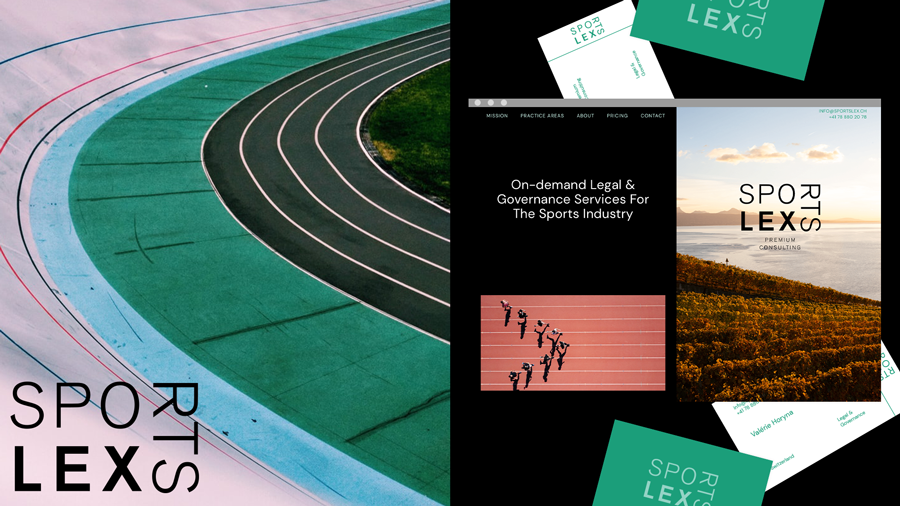
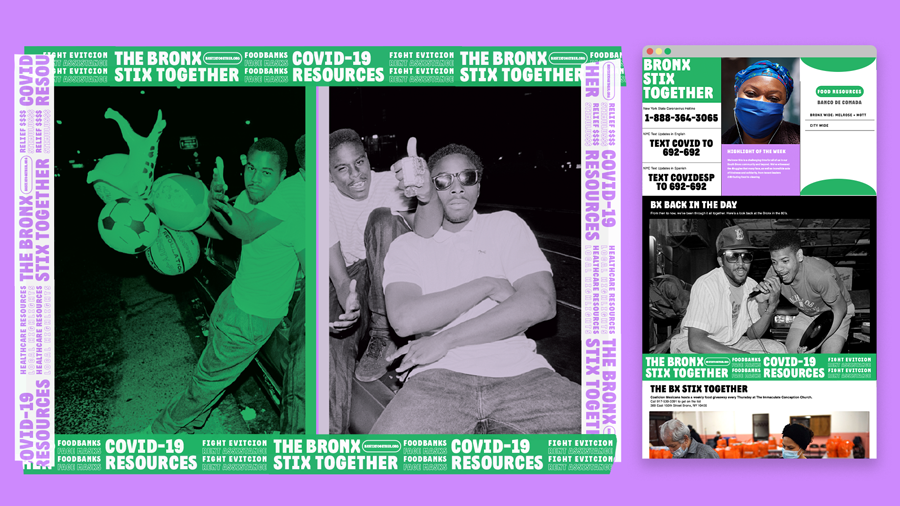
What is your creative process?
Between Karen and Masato, we would brainstorm and talk about a project to death. Talk about strategies and come up with some realistic roadmap for ourselves. Only after things are in a good place, then we would start the making process.
How much does your city and surroundings affect your creative output?
Tokyo is a great place to wander around. There is so much mystique to the cityscape and careful considerations to communicate with people as you walk around the city. So many striking visuals on every street corner and we’d always find something interesting in hidden nooks as we stroll around different districts of Tokyo. Our work became more playful and detail-oriented. Los Angeles is a place where you can express yourself. The city celebrates diversity and enjoys nice weather all year long. You can be unapologetic and be bold to express your views. The boldness and colorfulness of our work could be traced to this attitude.
How does living and working in Los Angeles compare to Tokyo?
We think the two cities are sitting in the opposite ends of the spectrum.
LA is about being individualistic, expressing yourself and your thoughts. The city loves comebacks and reinvention of one’s personal growth.
Tokyo (or Japan in general) is about creating harmony with your group, (your neighborhood, your work colleagues, your classmates, etc). To create harmony, you don’t express yourself in a way that shakes up the community’s overall vibe. So the business communication can be slower and takes more time than in Los Angeles. But once you create a bond, it lasts much longer and people show more empathy as your relationship deepens.
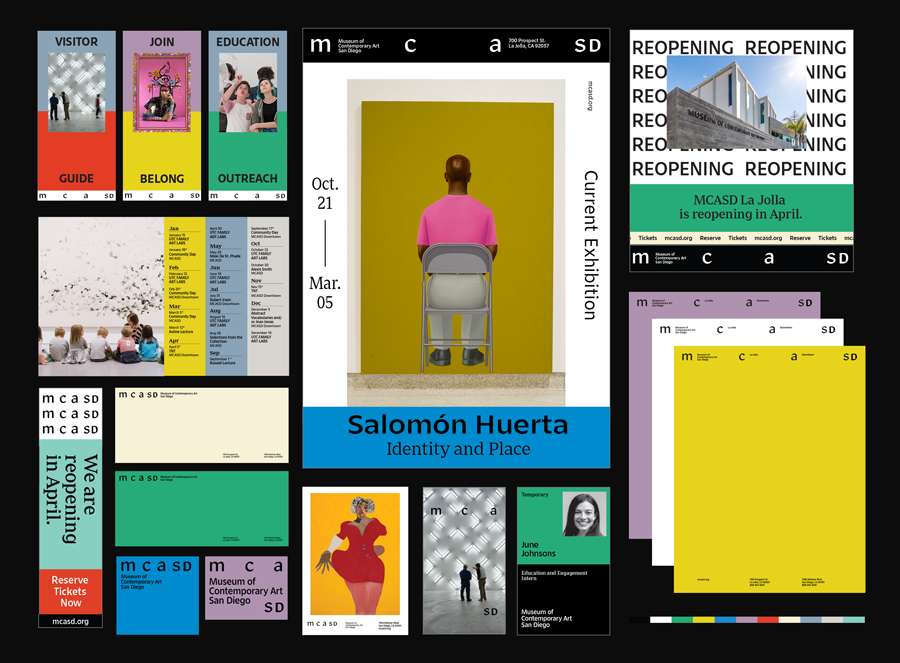
What are your city’s biggest challenges?
LA: Homelessness, wasting food and resources just because they can.
Tokyo: The decline of youth population and the incapability of old politicians & leaders, earthquakes, heat & humidity in summer months.
What are the solutions that your city needs to implement?
This question would be answered as an essay…
The responsibility of the council in every city is to provide a solid foundation of design, art and cultural facilities, is that evident in Los Angeles?
I don’t think it’s evident enough. LA’s design, art and cultural facilities heavily rely on private money and corporate resources. This means, the process of producing a facility that houses design & art is bloated and it involves people that are not needed in the process to begin with.
And how does it compare to Tokyo?
Tokyo is also in a similar situation but the general public’s taste, humor and aesthetics are weird compared to LA. Therefore the city end up making weird, esoteric, strange facilities which we appreciate.
Do you think it is also the responsibility of the artist/creative to improve the quality of people's lives in their city?
We think so. Especially after the pandemic, it became a bigger goal to champion creativity to improve people’s lives.
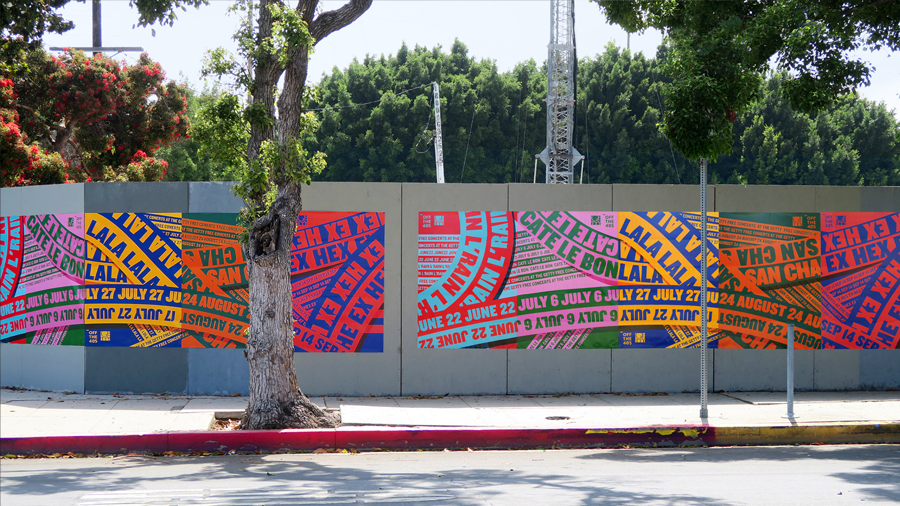
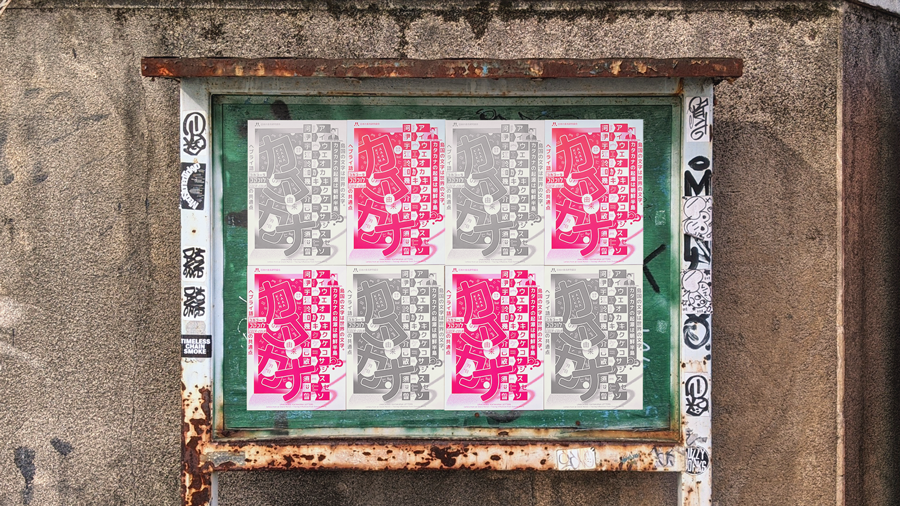
What project have you done that you enjoyed working on the most and why?
We redesigned the identity for Museum of Contemporary Art San Diego. It was a fulfilling project because of its massive project scope and the in-depth research we were able to do in the beginning phase. We were invited to the conversation of the identity redesign from the beginning of the project and that is something we appreciate. We have nothing but big love and respect to MCASD.
What do you do to switch off?
Beach hang out is a nice way to switch off. Or driving to an outlet and score some good deals on apparel.
What does home mean to you?
Three of us (husband, wife and our toddler), making meals in our kitchen. It’s a family business!
Sometimes people relate a specific smell to the city they live in or the place they grew up, does Tokyo / Los Angeles evoke a personal smell to you?
Not really a smell but there is a very specific sunset lighting that Tokyo has during fall and winter. The lighting quality is warm, pink, fuzzy, dreamy and always feels nostalgic.
Happening Studio - mixtape
Los angeles & tokyo by Happening Studio
A selection of places in Los Angeles and Tokyo recommended by Graphic designers Masato and Karen Nakada. See their citylikeyou profile page here
More Interviews
